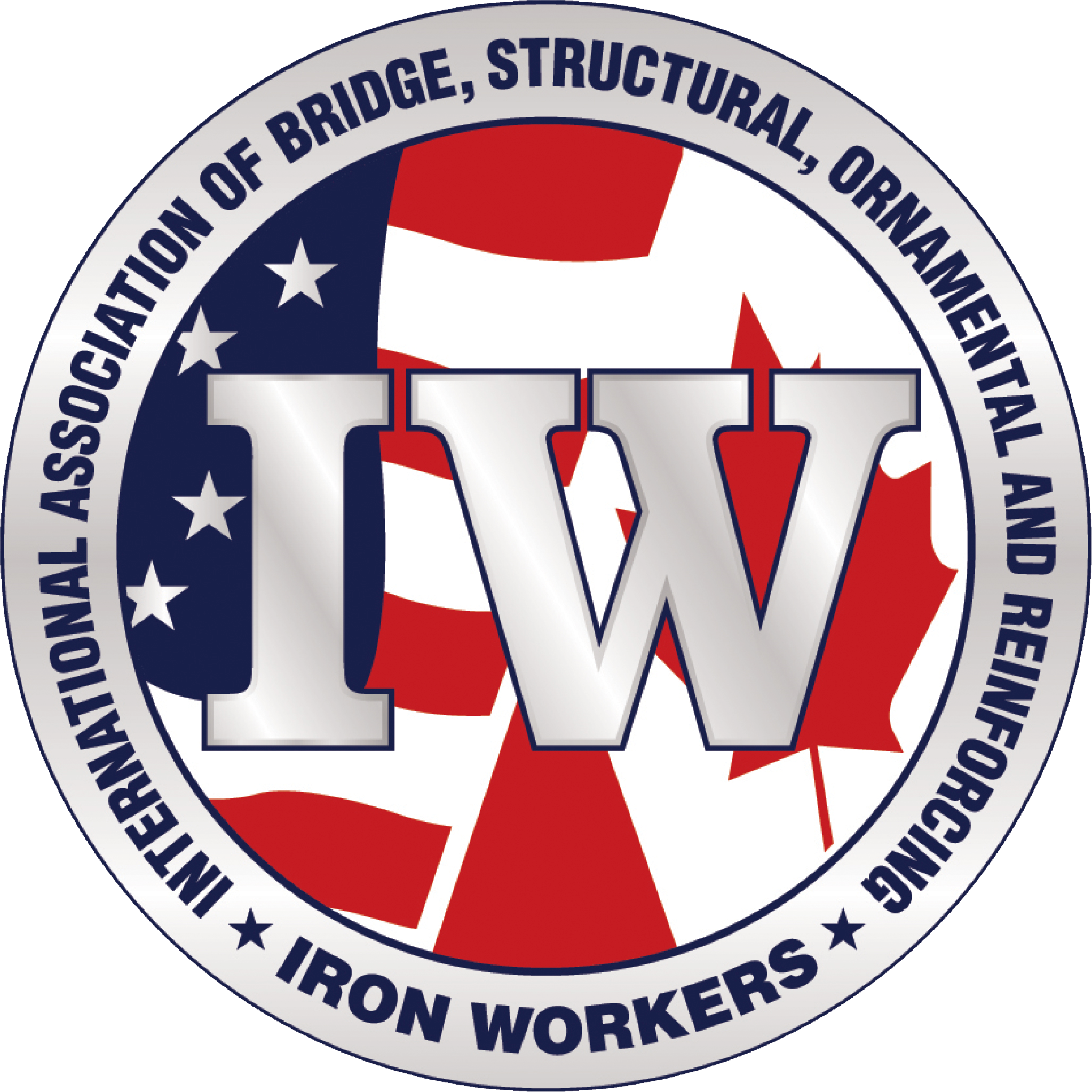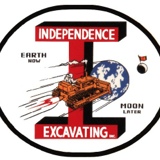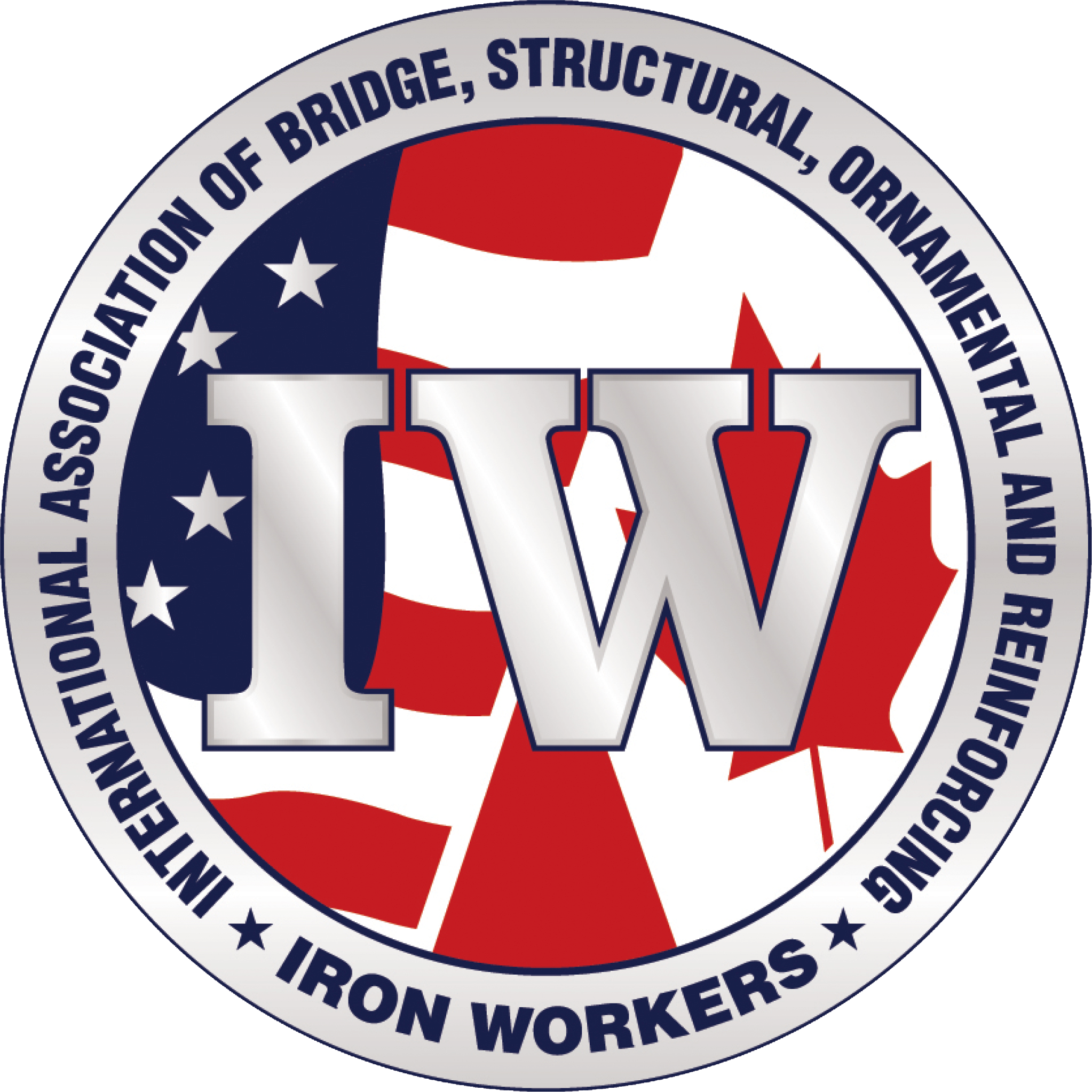Title Page
-
IX Equipment #
-
Job Number/Name
-
Submitted By
-
Conducted on
-
Description
-
Hour Meter/Odometer Meeting
-
Fuel Level
IX Equipment Checklist
-
Company radio working?
-
Fire Extinguisher?
-
Inspection Current?
-
Bucket/Attachment Number/Condition
Damage to Following: (Attach Pictures)
-
Windows
-
Cab Condition
-
Bucket Teeth
-
Hydraulic Leaks
-
Body Damage
-
Decals/Machine Number
-
Tire Condition
-
Warning Lights
-
Back Up Alarm
Equipment Moves
-
More than one response can be added to each question (i.e. multiple equipment moves)
Example: Equipment:
Dozer
Bobcat -
Equipment
-
Number
-
Buckets
-
Location From
-
Location To
-
Job Number
-
Time Out
-
Time In
-
Regular Hours
-
OT Hours
Additional Damage
-
Attach Photos: Click paper clip symbol in bottom right hand corner, attach media
-
Equipment #/Location/Equipment Condition
Indirect Labor
-
More than one response can be added to each question (i.e. multiple equipment moves)
Example: Equipment:
Dozer
Bobcat -
Location
-
Job Number
-
Comments
-
Time In
-
Time Out
-
Regular Hours
-
OT Hours
-
Subtotal: Regular Hours/Overtime Hours
-
Total: Regular Hours/Overtime Hours
Driver Safety
-
Driver is properly licensed, and has been trained on the proper and safe operation of vehicles and equipment?
-
Driver is aware of the total height of all bridges and overhead lines in path of travel?
During Loading
-
Do not operate or load equipment that you do not know how to operate, or operate safely.
After Loading
-
Lower all accessory equipment and other movable parts such as hydraulic shovels, booms, plows, crane arms, etc., and secure them to the transport vehicle using tie-downs.
-
If the equipment being transported has an articulation point, pivot, or hinge within its construction lock or restrain the vehicle or equipment to prevent any articulation while in transit.
-
Confirm the actual height and width of the vehicle. Does your route accommodate for the vehicle/load?
-
Always be aware of potential low clearance, restricted routes, and construction zones. Have an alternative route readily available in case of any detours.
Cargo Securement & Haulage
-
1.) One tiedown for articles 5 Feet (1.52 Meters) or less in length, and 1,100 pounds (500 Kg) or less in weight;
2.) Two tiedowns if the article is 5 Feet (1.52 Meters) or less in length and more than 1,100 Pounds (500 Kg) in weight;
3.) Longer than 5 feet (1.52 Meters) but less than or equal to 10 feet (3.04 Meters) in length, irrespective of the weight;
4.) Two tiedowns if the article is longer than 10 Feet (3.04 Meters), and one additional tiedown for every 10 Feet (3.04 Meters) of article length, or fraction thereof, beyond the first 10 Feet (3.04 Meters) of length. -
Heavy Equipment is not to be operated in areas where there is danger of contact with energized underground or overhead high voltage lines.
Signature
-
I hereby certify that the above statements and measurements are true and correct to the best of my knowledge. I further certify that I have not had any accidents or driving infractions other than those I have already disclosed to the Company. I understand it is my obligation to reports such occurrences to my supervisor immediately. I understand that a false statement or failure to report may result in discipline up to and including termination.











